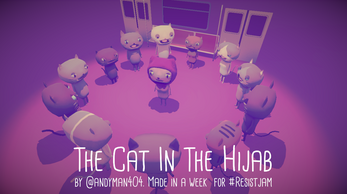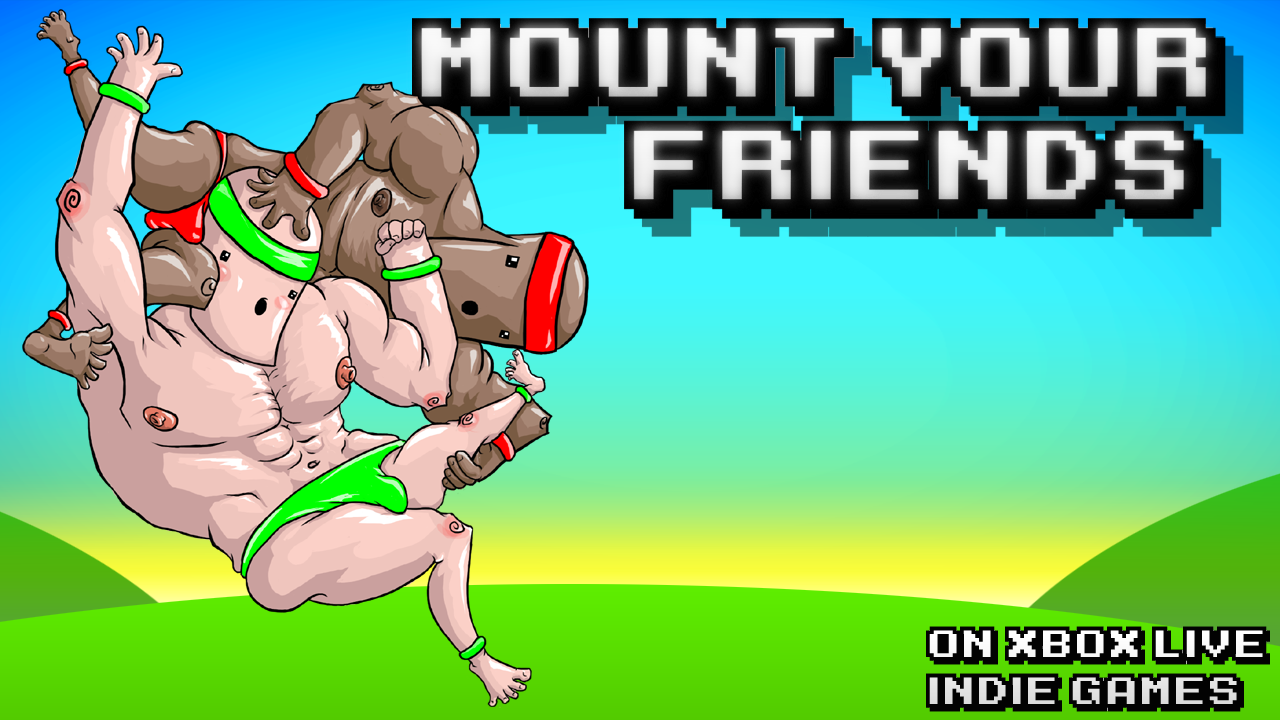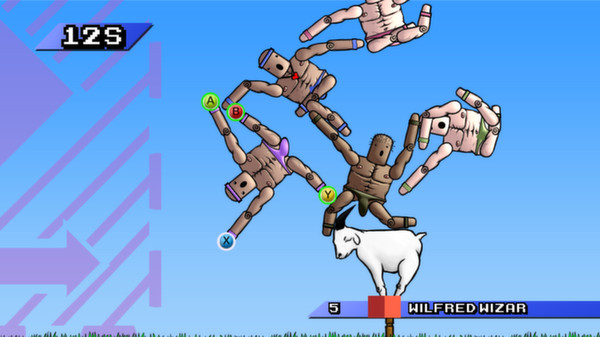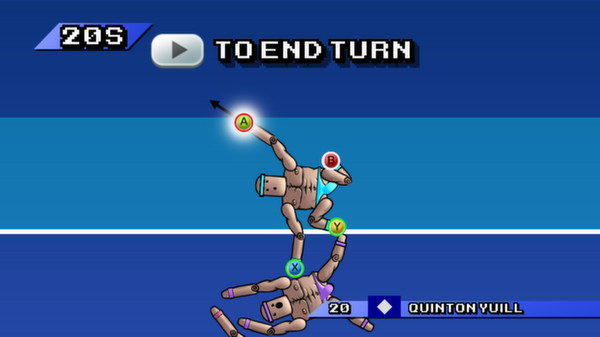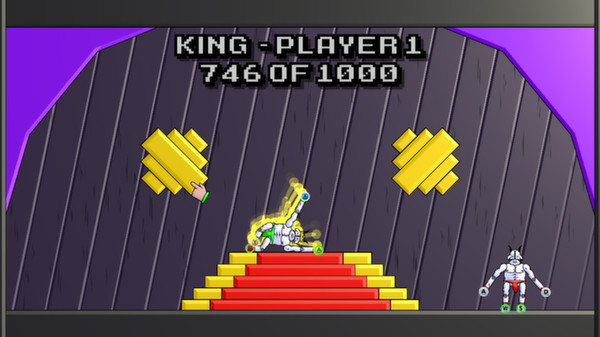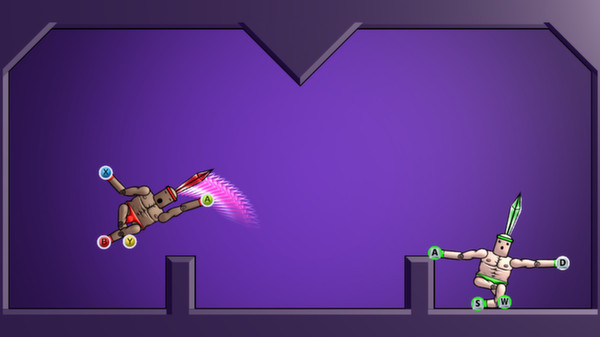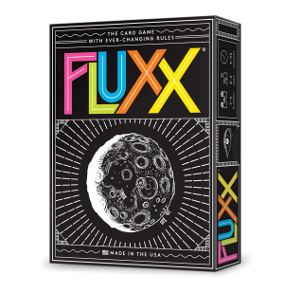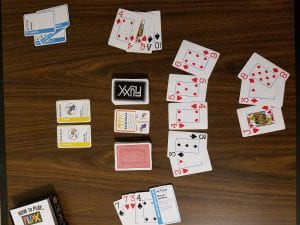Documentation
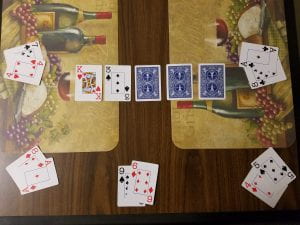
Standard game of Texas Hold’Em

I kept track of everyone’s money using a notebook
Script / Statistics
How to Play
Objective: Get out of debt
Rules:
- If you are a female, you will make 80% of your earnings (i.e – $4 on a $5 win)
- If you are a colored person, you will make 73% of your earnings (i.e – $73 on a $100 win)
- If someone is a colored female, take 73% of the earnings first, then take 80% percent of that
- If you go broke, you lose
- Standard Poker rules
WIN = Colored must reach $52, White must reach $28
Setup:
- Everyone starts with $10
- MIN BET: $2 / MAX BET: $10
Artist Statement
I was not sure what I wanted to create when I first heard the project details. I knew that I could not make a digital game given the time I had and my lack of experience. Therefore, I knew I had to make an analog game. My first idea was to use Monopoly and create something based on that. However, I could not get Monopoly in time, so I ended up using poker cards instead.
I had several sources of inspiration. First, I really liked “Room at the Top” that we played in class. I enjoy being able to play as different “races” and having unique abilities. In Color Poker, your race determines how much money you make on winnings. Also, I believe my work draws inspiration from Yoko Ono. Besides “Cut Piece”, “White Chess” is a favorite of mine. “White Chess” uses all the mechanics of chess, but her message on people and race comes from her decision to make all of the pieces white. With my game, none of the poker rules are changed; the amount of money someone earns changes based on their race. Lastly, my inspiration comes from having played games like “Privilege Walk”. Essentially, everyone begins in a line, and people move forward or backward based on answers to questions like race, gender, or sexuality. By playing Color Poker, it is clear to see how someone of color is disadvantaged compared to someone who is not of color.
When testing my game, as someone of color, I almost never won. However, I chose poker because the cards you are dealt are random, so everyone has the chance to win. It is just that it is harder to reach the end goal as someone of color because of your situation. I think that the game turned out well, and I see Color Poker as more of a performance than a game.

